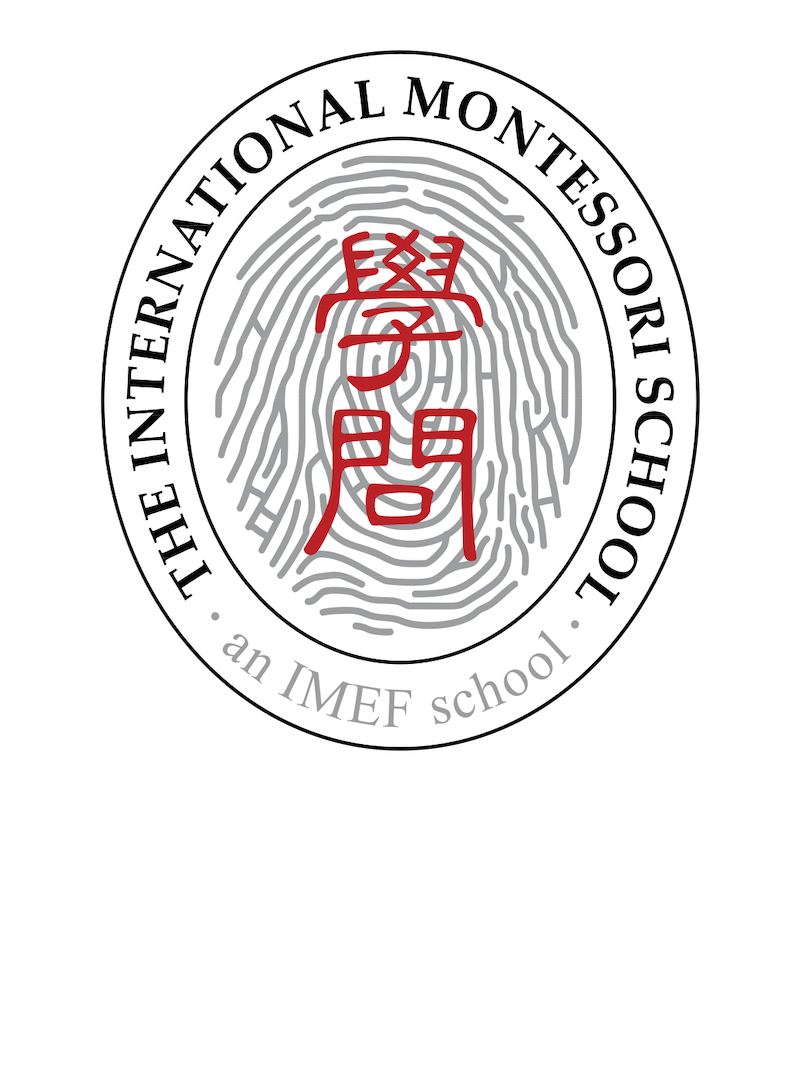
Dual-Language In The Classroom

The Montessori Dual- Language Classroom:
-Includes 25 children of mixed ages, working mostly individually. Older children who are approaching the Age of reason will naturally begin to work in small groups.
-Has two teachers, at least one of whom is a fully qualified AMI Montessori teacher.
-One teacher is an English speaker, and one is a Putonghua speaker, who introduce materials individually to each child.
-The natural dual-language environment occurs in the morning three-hour Montessori work cycle, with some older children staying after lunch for continued work in the afternoon work cycle.
-The dual-language environment has many specialised Montessori materials which assist the child to learn the structure of the written language.
-Activities occur regularly throughout the week, before or after the three-hour cycle, including PE, Music & Movement, and circle times.
Dual-Language Immersion:
Our language programme in the early years is patterned closely after the native language experience: first oral learning with rhymes, philosophical stories, and song, then followed by character recognition, proper character formation, including stroke order and radicals. IMS has pioneered many Chinese materials which encourage children to form Chinese characters. Chinese is a pictorial language and a very young child can often recognise a character well before an English word can be read and sounded out.
Upon entry into the Casa dei Bambini community, the three-year-old has more older and experienced children who are happy to guide their younger peers. The teachers encourage this peer-to-peer learning.
To give the child meaningful work to help them settle into the class, the new child typically gets many lessons with the practical life materials, in both languages, so that they have many activities they can choose from. The young child absorbs language equally quickly, learning vocabulary to describe what they are doing from both the teacher and from the other children.
The child explores the Sensorial materials, learning to describe what his senses perceive or her observations of spatial relationships, which helps form the mathematical mind. When the mathematics materials are introduced, often the child counts more quickly in Chinese than English!
Cultural areas are fascinating to the young child, and are explored in both languages over the three year period, as the child develops and understands more and more about the world around, and is better able to communicate this.
Children work independently in a specially prepared, dual-language environment, guided by both English-speaking and Chinese-speaking teachers who introduce specially designed Montessori Materials to each child individually. IMS has pioneered special Chinese Montessori materials for very young children to learn these complex characters. This is an ideal time for a child to learn these characters, as the innate love of repetition for mastery drives the child to synthesise this information.
Typical Chinese Language Level by Age 6:
By the age of six, a typical IMS child is able to understand what the Chinese teacher says to them. They are able to hold a conversation using the correct tones and has a great deal of descriptive vocabulary
Over 300 of the complex characters have become quite familiar by this point, and they can write numbers, their own name. They can use proper stroke order to write a number of the recognised Chinese characters using proper stroke order.
Level of fluency in listening, speaking, reading and writing are all influenced by the home environment. Language acquisition is ideally as natural a process as possible for the young child. If you have the gift of bilingualism in your home, we encourage you to pass this on to your child. Learning more than one language exposes a child to a concept of thinking in a different way, which increases creativity. Learn more about the benefits of early bilingualism.
Assessment for readiness for the Montessori Lower Elementary programme results in placement in the best suited Chinese language small group environment in the Elementary years, which are differentiated based on the child’s written and spoken language skills.
Copyright 2024 The International Montessori School - an IMEF school. All Rights Reserved.


